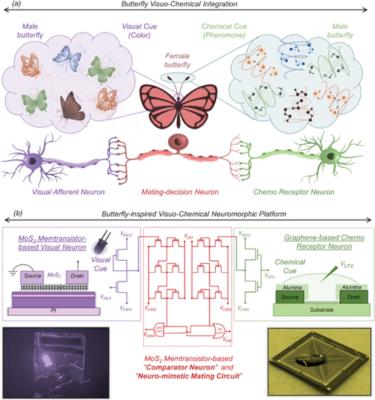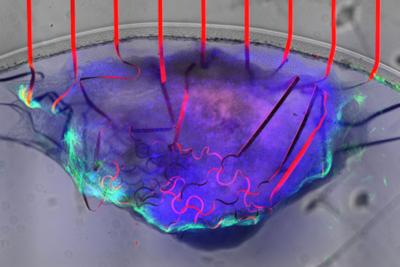Graphene Trace secures £300k to tackle pressure ulcers
Graphene Trace, a UK-based startup that aims to use sensors to eradicate the problem of pressure ulcers, has been awarded a £300,000 grant by Innovate UK.
The startup believes its proprietary sensor technology for wheelchair users and hospital inpatients could reduce pressure ulcer onset by up to 95%. CEO Scott Dean said the grant will fund the creation of a prototype for its pressure ulcer prevention technology and bring it a step closer to going to market.

